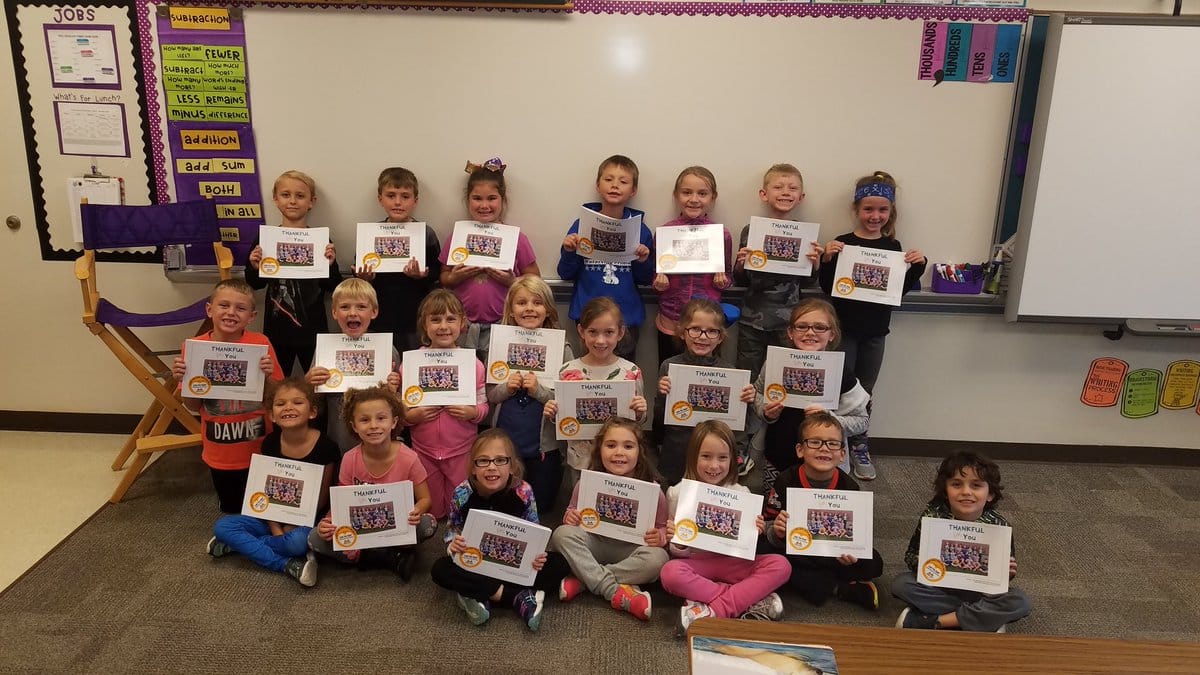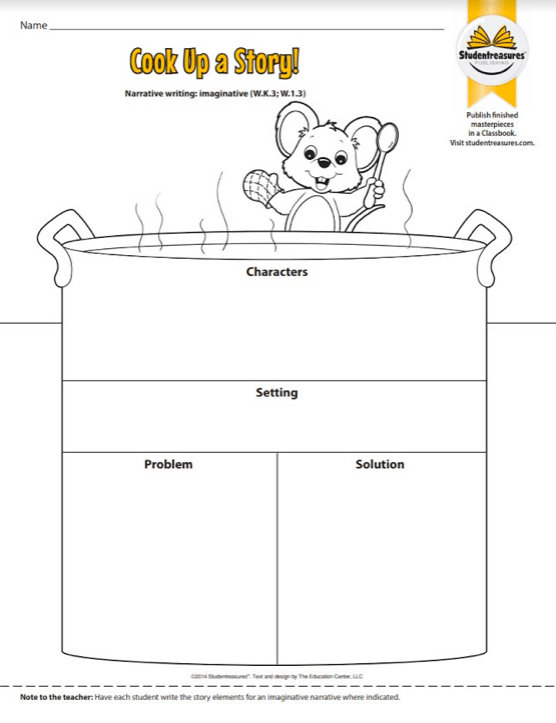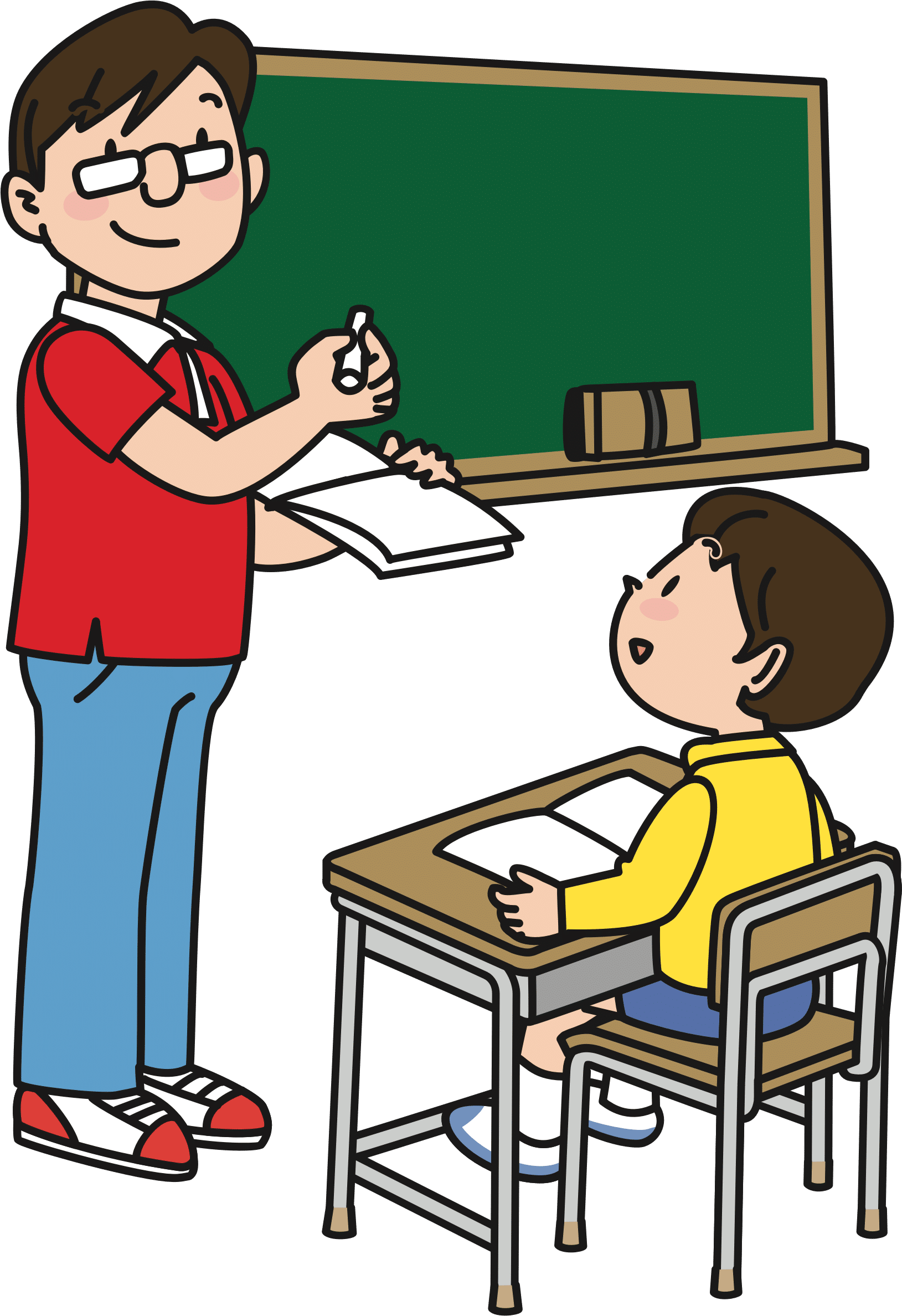
Image source: https://pbs.twimg.com/media/DfnEIpHX0AAb_dU.jpg
While not everyone grows up to be the next Charles Dickens or S. E. Hinton, everyone has a story or two to tell. As Robin Moore once wrote, “Inside each of us is a natural-born storyteller, waiting to be released.”
The key to unleashing your elementary students’ creative potential, of course, is through writing practice. Narrative writing, in particular, helps them build the skills they need to think critically and communicate ideas effectively in a way that others can really connect to. No one language, after all, is universal, but storytelling is. Teaching writing structure and style, particularly in a narrative context, opens wide a door of creative opportunity for your students to a world of exciting literary possibilities.
But where do you begin? What strategies work best for teaching narrative writing to young students? The following tips can help you find your footing so that you can help your students learn not only how to recognize a well-crafted story, but to tell their own.
 Teaching Tip #1: Get Graphic (Organizers)
Teaching Tip #1: Get Graphic (Organizers)
 Writing structure and style can be difficult to see clearly when you’re a young writer staring at a page full of text. Outlines and graphic organizers help highlight the bones of a story and help your students develop the skills necessary both to spot and utilize effective narrative structure and style. For instance, creating a narrative timeline with a clear beginning, middle and end can illuminate the basics of story structure, while a narrative brainstorming worksheet can help them make sure that their own story includes all the necessary ingredients of a fully fledged narrative.
Writing structure and style can be difficult to see clearly when you’re a young writer staring at a page full of text. Outlines and graphic organizers help highlight the bones of a story and help your students develop the skills necessary both to spot and utilize effective narrative structure and style. For instance, creating a narrative timeline with a clear beginning, middle and end can illuminate the basics of story structure, while a narrative brainstorming worksheet can help them make sure that their own story includes all the necessary ingredients of a fully fledged narrative.
 Teaching Tip #2: Examine a Familiar Narrative
Teaching Tip #2: Examine a Familiar Narrative
 Often, before writing a story of their own, it’s helpful for students to read and analyze examples from a few literary greats. One commonly used example for teaching story structure to very young elementary students is the nursery rhyme “Little Miss Muffet,” which contains all of the basic narrative ingredients in a sweet, bite-sized poem only six lines long. Of course, it pays to explore multiple examples, whether you’re looking at nursery rhymes or reading full novels together, as comparing and contrasting pieces can help students spot narrative patterns and develop an “ear” for style. Be sure to read and discuss stories aloud, and consider including a few exercises that involve circling or highlighting examples of narrative elements in stories and breaking down how those stories are structured.
Often, before writing a story of their own, it’s helpful for students to read and analyze examples from a few literary greats. One commonly used example for teaching story structure to very young elementary students is the nursery rhyme “Little Miss Muffet,” which contains all of the basic narrative ingredients in a sweet, bite-sized poem only six lines long. Of course, it pays to explore multiple examples, whether you’re looking at nursery rhymes or reading full novels together, as comparing and contrasting pieces can help students spot narrative patterns and develop an “ear” for style. Be sure to read and discuss stories aloud, and consider including a few exercises that involve circling or highlighting examples of narrative elements in stories and breaking down how those stories are structured.
Are you Enjoying this Content?
 Teaching Tip #3: Write With Your Students
Teaching Tip #3: Write With Your Students
 Another great way to explore narrative writing structure and style is to model it in real-time for your students. You may want to practice ahead of time if you plan to whip up an example story or two to show them the ropes. Or, for a more interactive and engaging lesson plan, involve your students in the process and make up a story together on the fly, progressing through the writing process as a class one step at a time. This helps them better understand how they can use what they’ve learned about narrative writing when they move on to practicing writing their own narratives.
Another great way to explore narrative writing structure and style is to model it in real-time for your students. You may want to practice ahead of time if you plan to whip up an example story or two to show them the ropes. Or, for a more interactive and engaging lesson plan, involve your students in the process and make up a story together on the fly, progressing through the writing process as a class one step at a time. This helps them better understand how they can use what they’ve learned about narrative writing when they move on to practicing writing their own narratives.
 Teaching Tip #4: Publish a Book Together!
Teaching Tip #4: Publish a Book Together!
 Perhaps the most important step in teaching just about any subject is to give your students room to practice what they’ve learned. And there’s no more effective way to motivate your students to write and engage in the lesson than to teach writing structure and style in the context of a publishing project. Publishing a classbook full of stories is a fun and creative way to review narrative writing basics and showcase your students’ progress for them—and the world—to see and enjoy. It gives your students a chance to tell the stories that spark their imaginations, and perhaps even inspire other students to tell their own stories in turn.
Perhaps the most important step in teaching just about any subject is to give your students room to practice what they’ve learned. And there’s no more effective way to motivate your students to write and engage in the lesson than to teach writing structure and style in the context of a publishing project. Publishing a classbook full of stories is a fun and creative way to review narrative writing basics and showcase your students’ progress for them—and the world—to see and enjoy. It gives your students a chance to tell the stories that spark their imaginations, and perhaps even inspire other students to tell their own stories in turn.
Teaching Writing Structure and Style Through Narrative
Narrative writing is one of my favorite subjects to teach because it’s so inherently engaging. No one, especially kids, can resist a good story! Teaching structure and style within the framework of a narrative gives your elementary students not only a chance to learn but to grow, both as writers and as storytellers.
Utilizing graphic organizers, examining famous stories and practicing the writing process together as a class can all help bring your lesson plans to life, while a publishing project ties it all together with a bow. Plus, a classbook gives your students physical proof of their own creative potential, boosting their confidence and encouraging them to continue to tell their stories long after they walk out of your classroom for the last time. Now that’s a story worth telling—and retelling again and again, every year.
For more narrative teaching tips and other creative lesson plans, check out our online teacher’s lounge—and don’t forget to sign up for your free publishing kit!
Image sources: Images 1, 2, 3, 4 via OpenClipart.org





